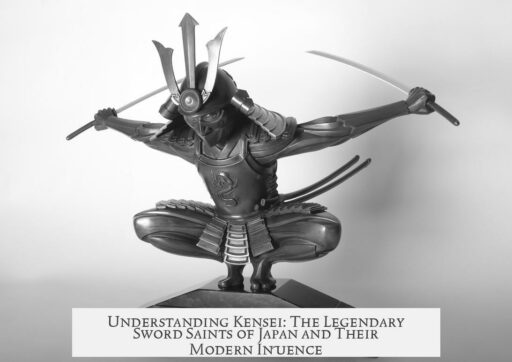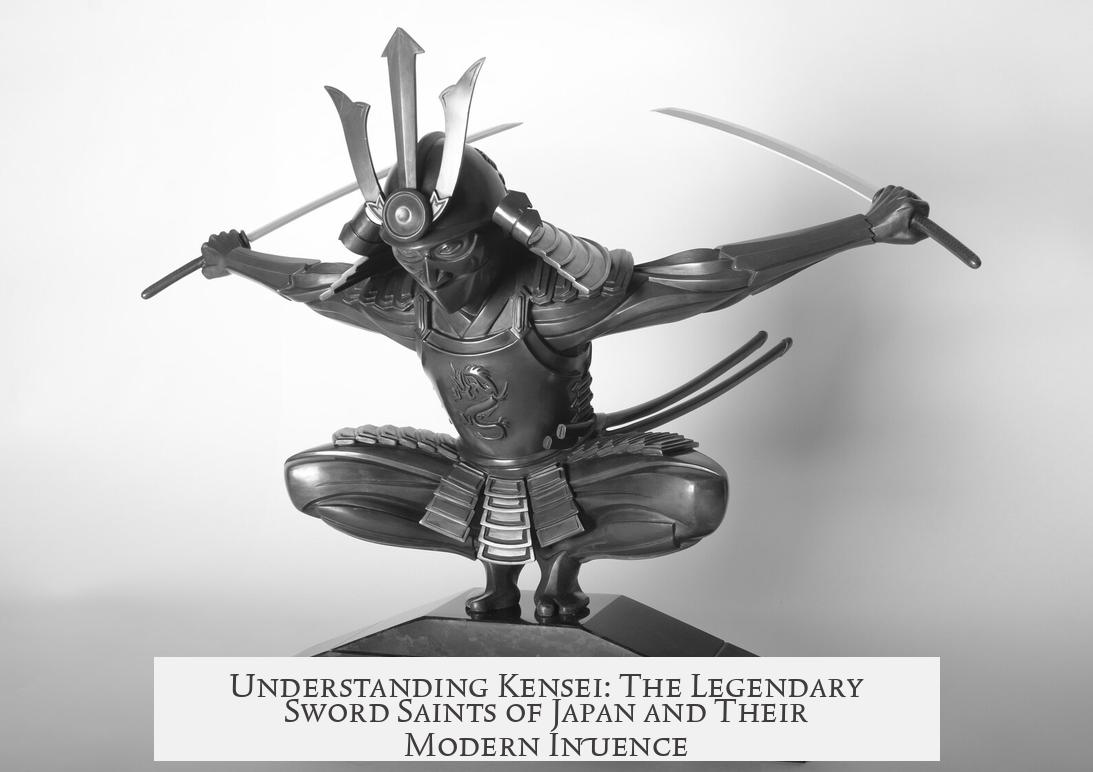The term “Kensei” in Japan refers to a highly revered sword master, often translated as “sword saint.” However, this title is largely modern and symbolic rather than a widely historical category. It mainly applies to singular legendary figures such as Miyamoto Musashi, rather than a class or group historically recognized by that term.
The word “Kensei” itself is notably modern. According to the Nihon kokugo daijiten, Japan’s most authoritative dictionary, the term first appears in 1932 in an essay by Kikuchi Kan. It is absent from older historical documents, indicating that “Kensei” as a specific concept or title is not traditional but rather a relatively recent invention tied to modern interpretations of samurai culture.
Historically, samurai were a warrior class active primarily before the Tokugawa Shogunate was established in 1600. Samurai served as retainers, bodyguards, diplomats, and soldiers, much like European knights. After 1600, Japan entered a long period of peace, drastically changing the samurai’s role.
This peace made the military class increasingly obsolete. Many samurai, especially those without positions in the new power structure, became ronin—masterless warriors. Out of necessity and pride, some ronin honed individual fighting skills and became renowned duelists. These wandering swordsmen sometimes gained fame through dueling. This focus on personal martial prowess rather than service defined the lifestyles of those later linked to the notion of the “Kensei.”
One key figure often called the archetypal “Kensei” is Miyamoto Musashi. His life blends history and legend. He fought numerous duels and defeated famous opponents, including Sasaki Kojiro. Musashi is also credited with authoring the timeless “Book of Five Rings,” a treatise on strategy and martial arts philosophy.
One of Musashi’s most famous encounters was the duel with Kojiro in 1612. It took place on a beach, with Musashi arriving late, possibly as a psychological tactic. He used a long wooden sword to defeat Kojiro decisively. Although details vary and include mythical elements, this duel remains central to the romanticized image of the sword saint.
As the samurai class declined over the 17th to 19th centuries, their societal role diminished and became symbolic. Some samurai lived in poverty, clutching onto their heritage. Texts from this period, like the Hagakure written by Tsunetomo in the early 18th century, reflect a nostalgic and idealized samurai code rather than actual widespread warrior practices.
During this era, the actual military and political power of samurai faded. Consequently, the concept of “Kensei” as a type of figure connected to military service faded as well. The title evolved to refer more to individual mastery and legend than to official or collective recognition. Today, “Kensei” is often reserved as a singular title for Musashi himself, rather than applied broadly. This singular use reflects respect for his enduring legacy and the challenge of separating fact from myth.
Other notable swordsmen connected to this legacy include Sasaki Kojiro and Tsukahara Bokuden, though Bokuden died before the Tokugawa era and is not typically labeled a Kensei. Their fame rests as much on the stories told about them as on documented historical deeds.
Understanding the Kensei requires distinguishing legend from history. Much of what is popularly accepted blends folklore and actual swordsmanship. No official list or formal recognition existed in earlier centuries for “Kensei” as a separate class.
| Aspect | Details |
|---|---|
| Definition | Masterful sword practitioners, often “sword saints,” recognized for unmatched skill |
| Historical origin of word | First recorded use around 1932, indicating a modern conception |
| Historical context | Emerges post-Tokugawa, during samurai decline and rise of individual dueling |
| Notable figure | Miyamoto Musashi – most famous exemplar, known for duels and writings |
| Current understanding | Title reserved mainly for Musashi, symbolic rather than widespread historical title |
Recommended readings on the topic include Stephen Turnbull’s works such as The Samurai Source Book and Samurai: The World of the Warrior. These offer detailed histories to frame the samurai and duelist traditions more clearly. Musashi’s own Book of Five Rings gives insight into his philosophy, while the Hagakure provides perspective on later samurai ideals.
- The term “Kensei” is modern, barely found before the 20th century.
- Kensei refers to master sword fighters, mostly ronin, post-1600s samurai decline.
- Miyamoto Musashi is the iconic “Kensei,” famous for deadly duels and writings.
- The Kensei concept blends fact, myth, and legend, complicating historical clarity.
- Today, “Kensei” is a singular honorific title reserved for unparalleled swordsmen, chiefly Musashi.
Who Exactly Are the Kensei in Japan?
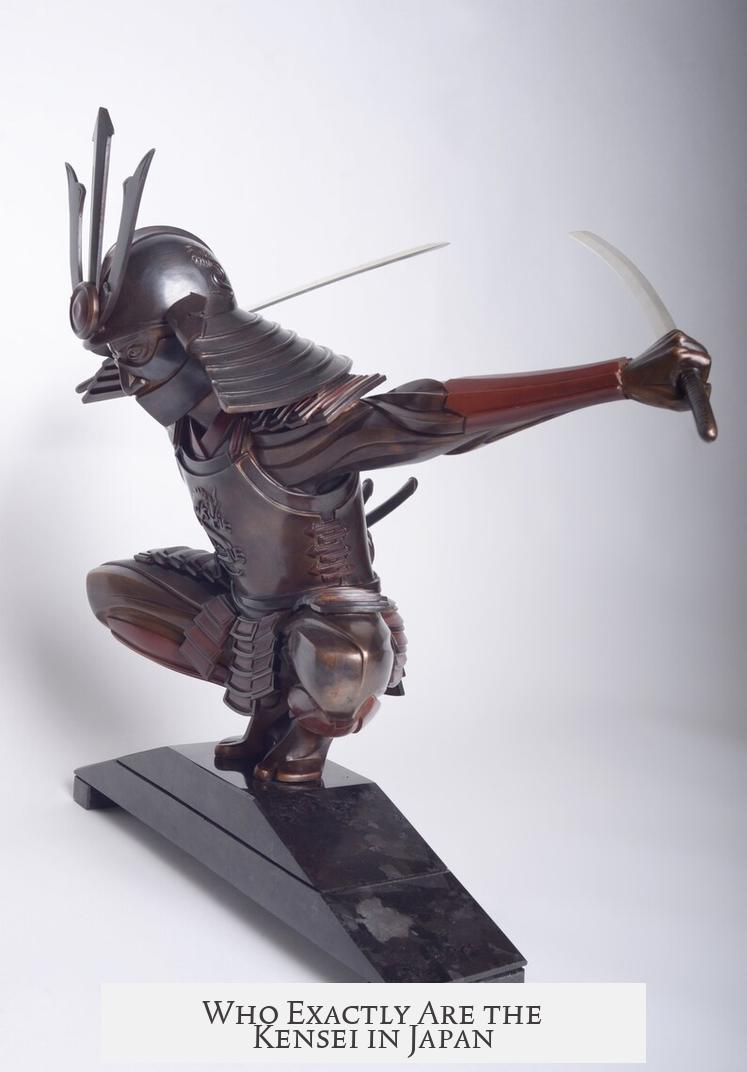
Let’s get right to the point: Kensei, often dubbed “sword saints,” are masterless samurai—or ronin—who became legendary duelists. They weren’t your average samurai tied down to a lord. Instead, they roamed Japan, dueling, teaching, and perfecting their swordsmanship. But as you dig deeper, you find the Kensei concept is shrouded in both history and myth, and intriguingly, the very word “Kensei” is surprisingly modern.
The Surprising Modernity of the Word “Kensei”
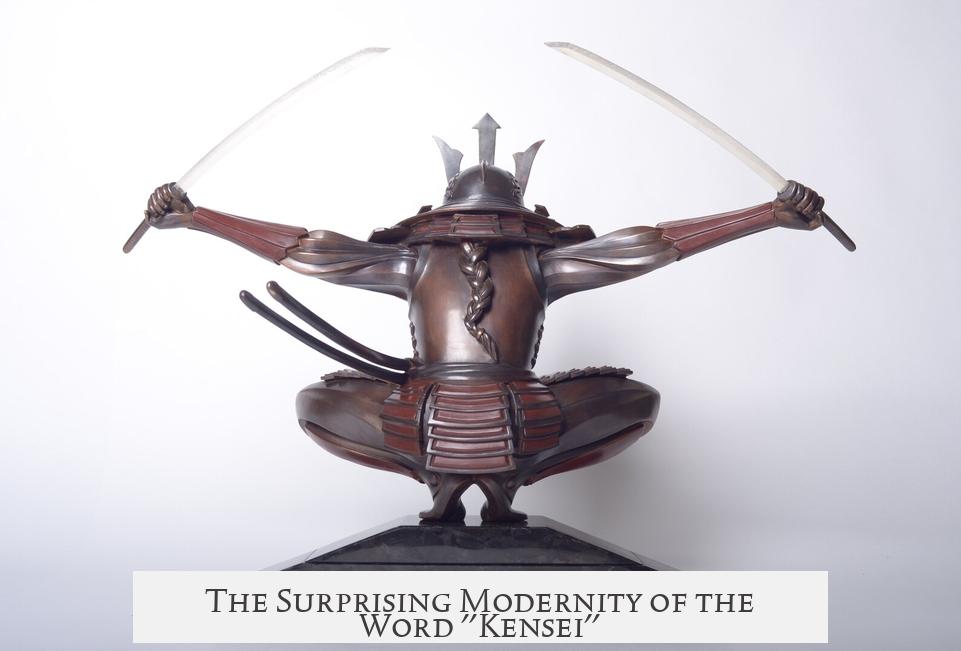
Now, here’s a twist: According to the Nihon kokugo daijiten, Japan’s largest and most respected dictionary, the term “Kensei” emerged quite recently—in 1932, to be exact, in an essay by Kikuchi Kan. That means the term doesn’t stem from any ancient scrolls or Edo-period texts but a 20th-century coinage.
This raises a provocative question: Did “Kensei” as a label even exist during the actual period of samurai dueling and turmoil? Evidence suggests not. Instead, the figure of the “sword saint” was likely a later invention, a romantic brand slapped onto the legendary warriors of old. In that sense, they didn’t exist as a formal category during the samurai era.
The Historical Context: How a Warrior Class Creates Legends
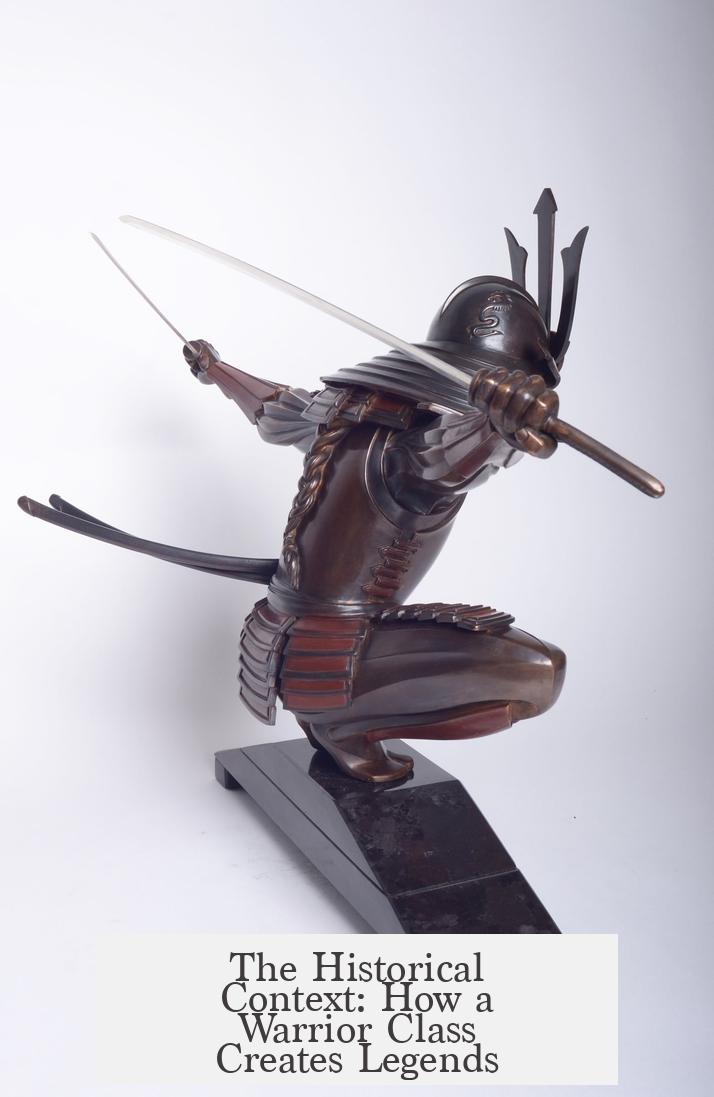
The samurai originally served as military elites—think of them as Japanese knights. They worked as retainers, bodyguards, diplomats, and soldiers. Their worth was deeply rooted in military might and loyalty.
But everything changed after 1600 with the Tokugawa Shogunate’s rise, which ended civil conflicts. No wars meant no battlefield for samurai. What was the use of a warrior caste when peace prevailed?
This existential dilemma forced many samurai to reinvent themselves. Rather than serve lords, some chose the life of masterless samurai—ronin. These wandering swordsmen focused on honing personal skills, founding martial schools (dojos), and dueling rival fighters. They turned personal prowess into currency and survival.
Imagine a samurai transitioning from battlefield commander to freelance sword tutor, practitioner, and sometimes beggar. The path to glory was through combat, not politics. This lifestyle created a fertile ground for the myth of the Kensei.
Miyamoto Musashi: The Quintessential Kensei
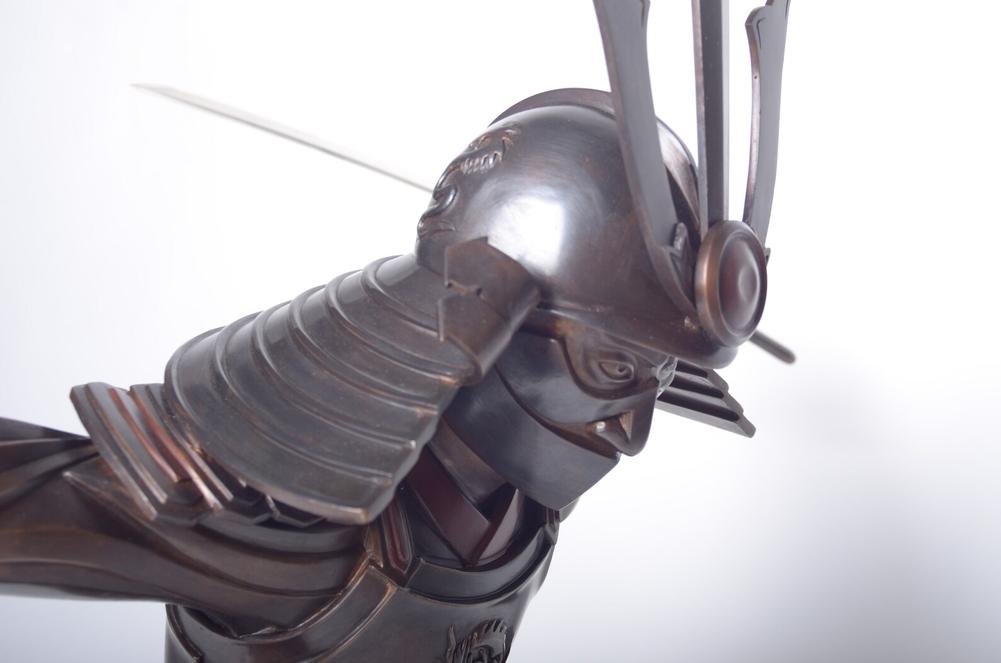
No discussion about Kensei is complete without the legendary Miyamoto Musashi. He defined the archetype of the sword saint, although separating fact from fiction about him is notoriously tricky.
Musashi’s life reads like an action novel: He fought many duels, famously killing Sasaki Kojiro—another formidable swordsman—in a stunning beachside battle in 1612. Musashi arrived late, some say deliberately, unnerve his opponent. Using an oversized wooden sword, he struck down Kojiro. Legend claims both exchanged blows simultaneously; Kojiro supposedly cut Musashi’s headband just before succumbing. We may never know the exact truth, but the story endures.
Musashi also wrote The Book of Five Rings, a timeless martial arts manual still studied worldwide. He reportedly killed his first opponent at age 13, using a wooden sword, emphasizing his lifelong dedication to mastery.
When Myth Overshadows Reality
As the centuries rolled on, samurai gradually vanished as a social force, but their mystique grew. By the 18th and 19th centuries, samurai stories transformed into romantic legends rather than reflections of reality.
During this period, many impoverished or displaced samurai clung to their warrior heritage, trading on its faded glory. Texts like the Hagakure emerged, written by Tsunetomo around 1710. It depicts an idealized, sometimes rigid vision of samurai conduct, which many historians now view as fanciful or even a nostalgic death cult fantasy.
So, what about Kensei as actual historical figures? The term didn’t really apply in their lifetimes. Instead, it’s a later shorthand for a samurai who demonstrated extraordinary sword skills, often through legendary duels and philosophical writings.
The Title “Kensei” Today: One Name, One Legend
In contemporary Japan, “Kensei” is rarely used loosely. It’s commonly accepted that only one man deserves the title: Miyamoto Musashi. Rather than a category or rank, the word serves as a singular noun—he is THE Kensei.
This approach mirrors how other legendary figures get treated. Like knights or ninjas, it’s hard to tell where truth ends and myth begins, but Musashi embodies that tantalizing blend.
Other Sword Saints and Duelists
Besides Musashi and Kojiro, names like Tsukahara Bokuden stand out. Bokuden passed away in 1584, before Tokugawa rule solidified. He was famed for his swordsmanship and formed the early groundwork that later fighters would build upon.
Each duelist’s story adds layers to the Kensei mythos, showing a cultural tapestry woven from skill, survival, rivalry, and legend. Their real lives might differ greatly from the stories, but the impact remains powerful.
So Why Should You Care About Kensei?
Understanding Kensei offers a window into Japan’s changing society. It shows how a warrior class adapts when their raison d’être disappears. It also reveals how history and myth intertwine to create lasting cultural icons.
Plus, their stories inspire—whether you’re into martial arts, Japanese history, or just epic tales of dueling prowess and honor.
Looking to Dive Deeper?
- Miyamoto Musashi – Wikipedia
- *The Samurai Source Book* by Stephen Turnbull
- *Samurai: The World of the Warrior* by Stephen Turnbull
- *Book of Five Rings* by Miyamoto Musashi
- *Hagakure* by Yamamoto Tsunetomo
These sources shed light on both historical facts and the legendary aura surrounding Kensei figures. Read them and decide for yourself: is the Kensei just a cool story, or a real slice of Japan’s warrior soul?
What does the term “Kensei” mean in Japan?
Kensei translates to “sword saint.” It refers to masterless samurai famed for exceptional dueling skills. The term is modern, first noted in 1932, and was not used in older historical texts.
Who was the most famous Kensei in Japanese history?
Miyamoto Musashi is the archetypal kensei. He was known for winning many duels, including one against Sasaki Kojiro. Musashi authored the Book of Five Rings and started dueling at age 13.
How did the role of Kensei emerge historically?
After 1600, samurai lost their military purpose due to peace under the Tokugawa Shogunate. Many became ronin and focused on individual swordsmanship. They wandered, taught, and dueled to sustain themselves.
Is the legend of Musashi and Kojiro’s duel considered historical fact?
The famous beach duel is well-known but shrouded in myth. Details like Musashi arriving late or using a wooden sword may mix fact with fiction. It’s hard to confirm what truly happened.
What is the modern view on the title “Kensei”?
Today, “kensei” is a singular title generally reserved only for Musashi. Unlike general terms for swordsmen, it signifies one legendary figure rather than any master swordsman.
